
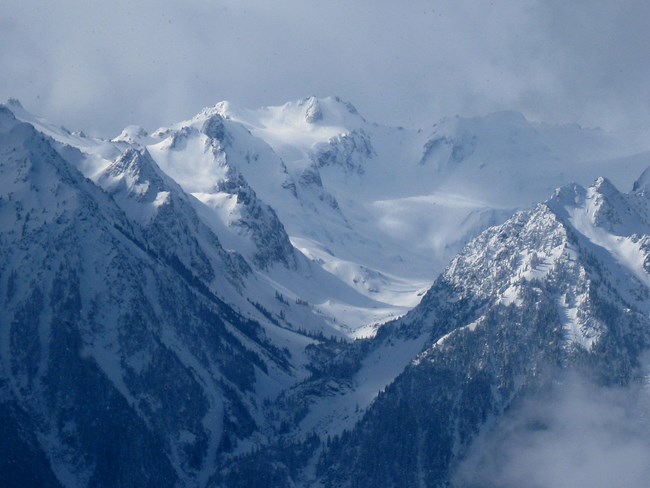
NPS/B. Baccus Phase ChangesI. 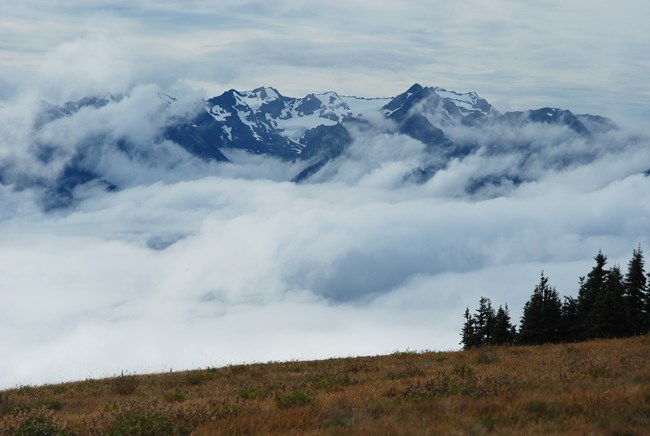
II. 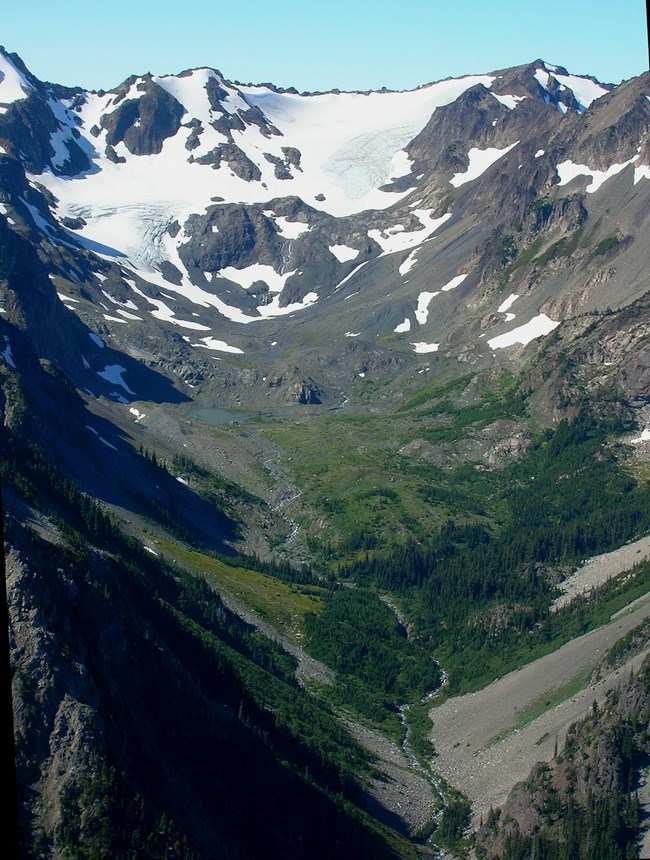
IV. 
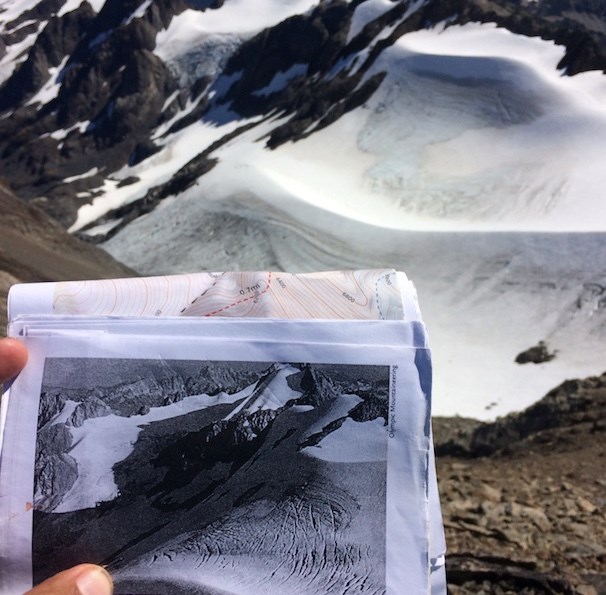
Meet the artist: Catherine RuthCatherine Ruth has a background in science, and this often serves as an entry point into her poems. A mossy and water-logged Pacific Northwest childhood instilled in her a love for wild places, and the Olympic Peninsula in particular. Her work contemplates how natural processes can act as backdrops, conduits, for emotional ones, and perpetually forms and tests hypotheses generated from careful observation of the environment.
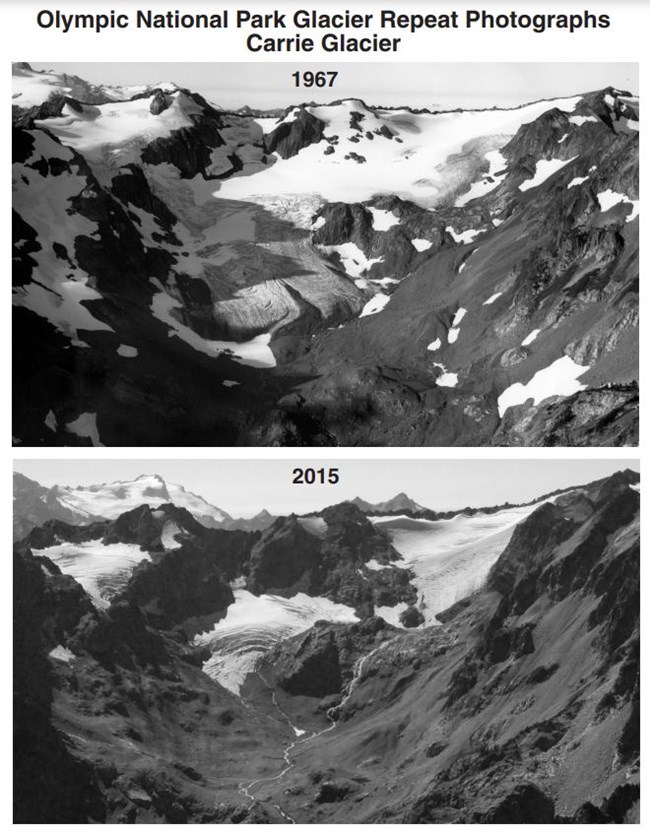
More about Carrie GlacierThe Carrie Glacier is perched above the Elwha Valley, directly across from the site of the (now destroyed) Hurricane Ridge Visitor Center. Carrie is the most obvious and easily observed glacier in Olympic National Park. This former valley glacier has shown dramatic retreat with remaining sections now isolated from each other. 
|
Last updated: May 22, 2023
